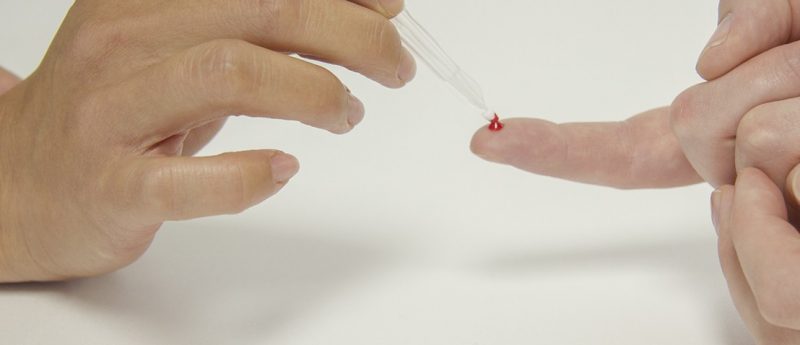Paper-based test for Zika virus offers rapid and low-cost diagnosis

Researchers from Harvard University (Cambridge; MA, USA) have unveiled a new portable and low-cost paper-based Zika diagnostic test. They revealed that the device is capable of detecting low concentrations of Zika virus in a proof-of-concept demonstration, highlighting future potential for monitoring spread of the virus across large populations.
In the study, published in recently in Cell , the researchers suggest that the test could be used in remote locations to detect Zika virus in blood and saliva samples. The test, which successfully detected the virus in the serum of infected macaques, can be freeze-dried and stored for up to a year.
The paper-based diagnostic couples RNA amplification and a CRISPR-based module to translate results via a color-change assay, making results easy to interpret outside of the clinical setting. The authors highlight that the test is capable of detecting Zika at significantly lower concentrations than previously possible.
Senior author James Collins, Harvard University, has recently led research into synthetic biology diagnostics to detect RNA molecules, for example those found in the Ebola virus, and has now developed this technology with the Zika outbreak in mind.
Collins commented: “We had been working on advancing the paper-based platform we published in 2014 toward a more field-ready format when the Zika outbreak was reported, and we felt, given the critical need for low-cost, field-based diagnostics, that our approach could make an impact.”
“We can now demonstrate a rapid prototyping and sensor assembly pipeline that can be applied to other emerging pathogens or health crises,” he added.
The authors hope that the diagnostic test – currently at proof-of-concept stage – could be ready for use in a clinical or laboratory setting in the coming months. Unlike the Zika tests that are currently available, the new diagnostic does not require specialized skills or equipment and there is no risk of cross-reactivity with related viruses.
“The test’s low cost and minimal equipment also means that it can be used for monitoring the spread of illnesses across large populations of people, enabling us to monitor the pathogen as an outbreak is occurring,” explained Collins. “Non-governmental organizations like the World Health Organization can use this information to get ahead of an outbreak in order to contain it and save lives.”
Sources: Pardee K, Green A, Takahashi M et al. Rapid, low-cost detection of Zika virus using programmable biomolecular components. Cell. doi:10.1016/j.cell.2016.04.059 (2016) (In press corrected proof); Cell press release via EurekAlert
